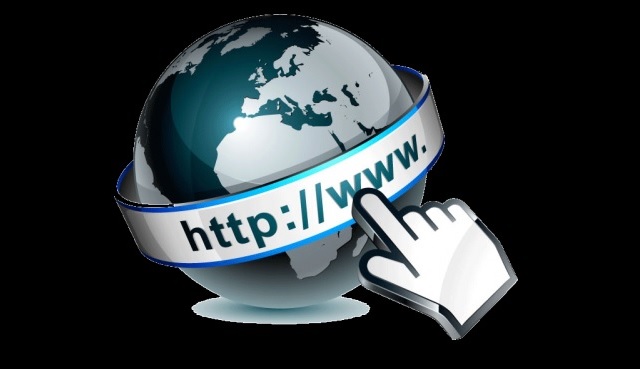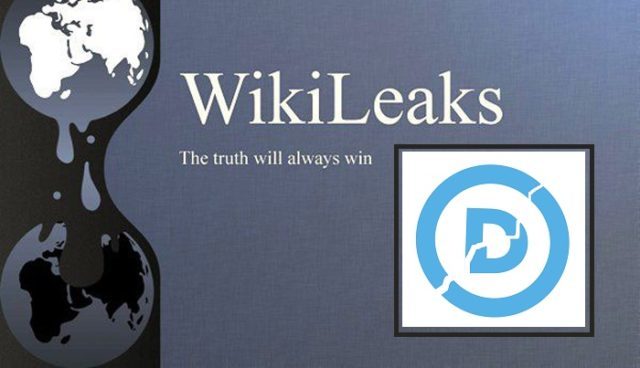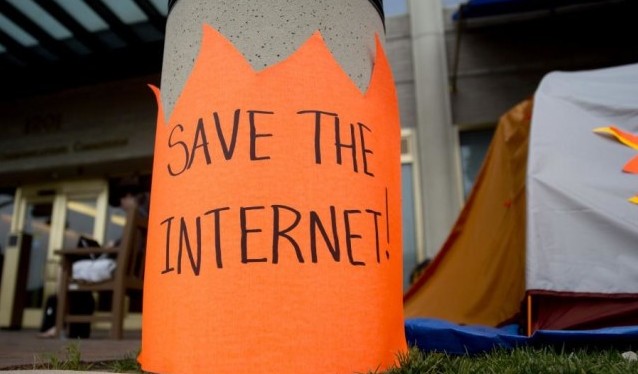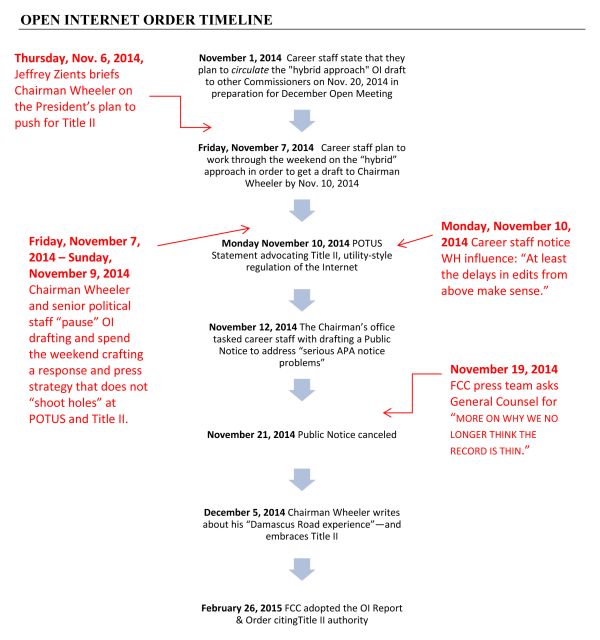While we at World Patent Marketing like to think of ourselves as cutting edge when it comes to inventing, I must admit we have a very difficult time keeping up with the folks at DARPA. Sure we have an impressive group that includes some great patriots like Ambassador Dell Dailey, Navy Admiral Al Konetzni, Former US Attorney Matthew Whitaker, General Nitzan Nuriel of the Israel Defense Forces, Presidential Advisory Council Member Dr. Aileen Marty, War Hero Brian Mast, and so on. When it comes right down to it, DARPA’s $2,973,036,000 annual budget goes a long way. And that is just what we know about. Digital communications, jets that are invisible to radar, weather wars, and self-driving cars, all come from one agency. The weird, the scary, the sci fi, the creepy, and the cutting edge, all come from the same source, a United States weapons program. They are all DARPA inventions.
The Defense Advanced Research Projects Agency, commonly known as DARPA, is the super-secret research agency. It is the place where the most advanced weapons and communications systems are developed to keep the United States on top in terms of military technology. If a project feels like it came right out of an episode of Star Trek, it probably came out of DARPA. DARPA has the luxury of unlimited budget and unlimited brain power.
While DARPA’s mission is to create advanced weapons systems, many of them have found their way into our everyday lives. Most famously, the internet is a DARPA product, something all of us rely upon for everyday communications and business. Many other advanced inventions that have shaped our modern world are DARPA inventions. Read on, to find out how the most secret and controversial agency of the military industrial complex has shaped our modern world.
DARPA Inventions Changed the World
The Internet: This is a DARPA invention. It was originally created as a “fail-safe” communications system. Back in the days when the internet used the landline telephone network, it was designed so that it could never be shut down. The internet used the existing landline phone system, but the address protocols allowed it to use any connection between them. Thus, if the telephone lines between Miami and Washington were down, the internet would find a way to its destination connection, by going through Dallas or Los Angeles, or even going overseas before finally reaching its destination.
created as a “fail-safe” communications system. Back in the days when the internet used the landline telephone network, it was designed so that it could never be shut down. The internet used the existing landline phone system, but the address protocols allowed it to use any connection between them. Thus, if the telephone lines between Miami and Washington were down, the internet would find a way to its destination connection, by going through Dallas or Los Angeles, or even going overseas before finally reaching its destination.
It then was adapted to computers, which used the phone system to communicate with each other. Digital communications made it possible for the computers to communicate more easily and accurately. By 1972, the first email had been created and sent.
Eventually, the system which had been developed for military use, was released to the public. Universities and colleges were early adapters, using the internet for campus communications and library systems. Private businesses were given access and developed easy to use consumer-level packages. And it all began as a secret military project.
There are two technologies developed by DARPA that the world couldn’t function without today. One is the internet, and the other is GPS; if either were to be switched off, everything from global commerce to national defence systems would be compromised to the point of potential collapse.The Global Positioning System project dates back to 1973 and was originally very much a military system, funded and created by the US Department of Defense. However, the concept dates back even further to the very early days of DARPA itself.
GPS – The Global Positioning System: How would we find the nearest Starbuck’s without GPS? This invention idea has changed the way we get around town, as well as logistics for shipping and delivery, airline transportation and defense.GPS didn’t arise solely out of the DARPA invention labs, but they had a hand in it. The final product is the result of research and development from every branch of the military, Navy, Air Force, and the Army, as well as DARPA and a number of independent invention labs.GPS pinpoints your location, by tracking your position in relation to four satellites. Due to the Dopler Effect, the satellites can determine your position on a line. With the information from four satellites, your exact position can be determined within 3.5 meters. GPS uses systems much like those developed in prior generations, such as LORAN, which could pinpoint location based upon radio waves. But, because it is based upon satellite transmissions, it is more reliable and has wider coverage around the world.
A legendary story is told of the inspiration for GPS. Back in 1957, William Guier and George Weiffenbach were following the Sputnik launch. They were both physicists at Johns Hopkins. They realized that the change in frequency of the radio waves from Sputnik, would allow them to track its location. This critical insight is the core of the GPS system. But it took decades to develop, as clocks and satellite technology had to catch up with the basic idea. In addition, GPS was a terrifically expensive project. The cold war with Russia provided the justification for the expense. But, it also kept the project off limits to the public and top secret. It took Korean Air Lines, Flight 007 disaster to change that. The plane was shot down over Russia, as it had lost its way and found itself in Russian airspace. Because of this disaster President Ronald Reagan decided to make GPS available for civilian and private commercial use. The GPS system is free to everyone and still maintained by the United States Government. Since the U.S. system was launched, several others have been launched regionally by other countries, including; Russia, Japan and India. The European Union plan to launch their own system soon.
Google Maps were Born in DARPA: And you thought the clever guys at Google created the concept. Well, they certainly added to it, made it consumer friendly, and put a vast chunk of the United States up on Google Maps. But the truth is, the concept of street view and a 3D representation of a city came right out of DARPA.
Back in 1979, students from MIT Architecture Machine Group toured Aspen, filmed it, and displayed their project as the Aspen Movie Map. It even allowed viewers to see the buildings evolve in time, with historical views. And it was fully interactive. Some of the buildings could be entered and explored virtually.
Google took the project pretty much exactly as the students left it, including the gyroscopically stabilized cameras for video recording from the car tops, and created Google Maps.
The inspiration for funding the project as a DARPA invention, allegedly sprang from the Israeli attack of an airliner in Entebbe, Uganda. The Isrealis were able to raid the aircraft and rescue the hostages. Supposedly, they were so effective because they trained in a replica of the airport. Thus, DARPA believed mapping would be vital to military training and successful military operations.
Maps Made Real, the Urban Photonic Sandtable Display: This is simply amazing technology, that uses 3D mapping tech combined with holographic displays and a special “sand” to create physical terrain maps. That’s right, this DARPA invention creates physical structures with holographic imagery.
The Urban Phototonic Sandtable Display was recently displayed for the media. In its current stage of development, the Sandtable is a mere 6ft square. The story is that the invention can be used to display battlefields for planning purposes. The “sand” reforms and changes it’s shape as the hologram changes.
Now picture this lifesize. It allows for the creation of buildings and cities, with holographic imagery. It gives a whole new meaning to virtual reality. It offers a way of changing physical reality instantly, with a single touch on a computer keyboard. Pretty awesome.
The Cloud: It should be no surprise that the guys who invented the internet, also developed the operating systems to use it. DARPA invented the Multiplexed Information and Computing Service for the purpose of “information utility,” known as Multics. Multics eventually morphed into Unix, which is the backbone of OS X, iOS, Android and Linux. The goal was to create a modular operating system, so that the various components could work independently,, but in a coordinated manner. Multics allowed for faster distributed computing. Of course, security was of the utmost importantance. The Unix system allowed documents to be given various levels of security clearance while being stored on the same system. Users could only access areas of the system that they were given access to. The system also had to be resilient, robust, and impervious to attack.The “timeshare” aspect of these systems, is critical to the functioning of cloud computing.
Windows and Video Conferencing: Love or hate Microsoft, everyone has an opinion, one thing is certain, they didn’t actually create Windows. That’s right, Bill Gates crowning achievement, the Windows operating system, is actually a DARPA invention. The beginnings of Windows date back to 1961, when Douglas Engelbart proposed to the US AIR Force Office of Scientific Research that he could “develop a comprehensive framework for augmenting human intellect.” It was called the oN-Line System, or NLS. NLS gave us many features of the computer that we have come to take for granted. NLS developed the first onscreen cursor/mouse system. It is almost unimaginable to use a computer without the ability to select particular portions of the screen for actions. NLS created it. NLS also created hypertext linking, which is absolutely essential to the functioning of the World Wide Web.
So back in 1969, Engelbart held the first video conference and demonstrated his cool new system. Decades later, Microsoft, Apple, and the rest of the Silicon Valley businesses claimed that they had invented these systems. But none of it would have existed without Engelbart and DARPA.
SIRI: Of course, if Windows is actually a DARPA invention, and not really a Microsoft product, it should be no surprise that Apple’s SIRI is from DARPA as well. Under DARPA the voice recognition software system was known as CALO. It is a “Cognitive Assistant that Learns and Organizes” and was developed for soldiers in the field. The slightly awkward name derives from the Latin word, calonis, which is a soldier’s servant. SIRI was released into the civilian world as the military wound the project down and moved onto a new iteration. Their new voice recognition program is BOLT, the Broad Operational Language Translation program. BOLT is being designed to provide translation, including contextual translation, to help soldiers in the field.
Arbor Networks Piggybacks on DARPA Research: Distributed Denial of Service attacks are a huge security issue for companies on the internet. But, Arbor Networks created a system that protects websites from DDoS attacks. Their system detects and mitigates the effects of DDoS attacks. the technology was developed at the University of Michigan, under a DARPA contract. Back then it was called the Lighthouse Project. It was demonstrated to work for the first time in 2000.
Internet Privacy: Of course DARPA would be into privacy and anonymity. Government agencies adore doing things in secret, it is almost a fetish. So DARPA created “onion routing,” now known as Tor. Tor is the best-known system for anonymous internet use at this time. But, onion routing dates back to 1995. The US Navy wanted an anonymous and secure communication system. DARPA joined the project two years later with funding and expertise. Onion routing uses layered encryption codes. As the packet reaches each browser en route to the final destination, a layer of encrypted code is “peeled off.” That encrypted code tells the browser where to send the packet next. The de-encryption destroys the prior information about who sent the packet or where it had been. This creates a very high level of security and anonymity. Tor markets this system for security and privacy on the web. And it is a DARPA invention.
DARPA Inventions Continue to Shape the Future
And of course, DARPA has been involved in the development of advanced technology for everything from planes to bombs. Stealth technology, which makes planes invisible to radar, was a DARPA project. The agency is in the process of developing the fastest plane in the world, with the goal of being able to strike any target in the world within an hour. Their Falcon HTV-2 flies at 14,000 miles per hour, 20 times the speed of sound. It also flew right into the ocean and crashed. And DARPA continues to push the boundaries of computing. They are working on dramatically reducing processing speeds with hardware that is millions of times faster than current technology. The world is shaped by DARPA inventions. DARPA is building the future of our world.
Submit Your Idea Today



 created as a “fail-safe” communications system. Back in the days when the internet used the landline telephone network, it was designed so that it could never be shut down. The internet used the existing landline phone system, but the address protocols allowed it to use any connection between them. Thus, if the telephone lines between Miami and Washington were down, the internet would find a way to its destination connection, by going through Dallas or Los Angeles, or even going overseas before finally reaching its destination.
created as a “fail-safe” communications system. Back in the days when the internet used the landline telephone network, it was designed so that it could never be shut down. The internet used the existing landline phone system, but the address protocols allowed it to use any connection between them. Thus, if the telephone lines between Miami and Washington were down, the internet would find a way to its destination connection, by going through Dallas or Los Angeles, or even going overseas before finally reaching its destination.
 As things stand now, on
As things stand now, on 
 A malicious attack occurred against the
A malicious attack occurred against the 

 Dozens of Salt Lake City residents came together at West High School to protest recent developments within the Democratic Party.
Dozens of Salt Lake City residents came together at West High School to protest recent developments within the Democratic Party.












